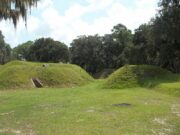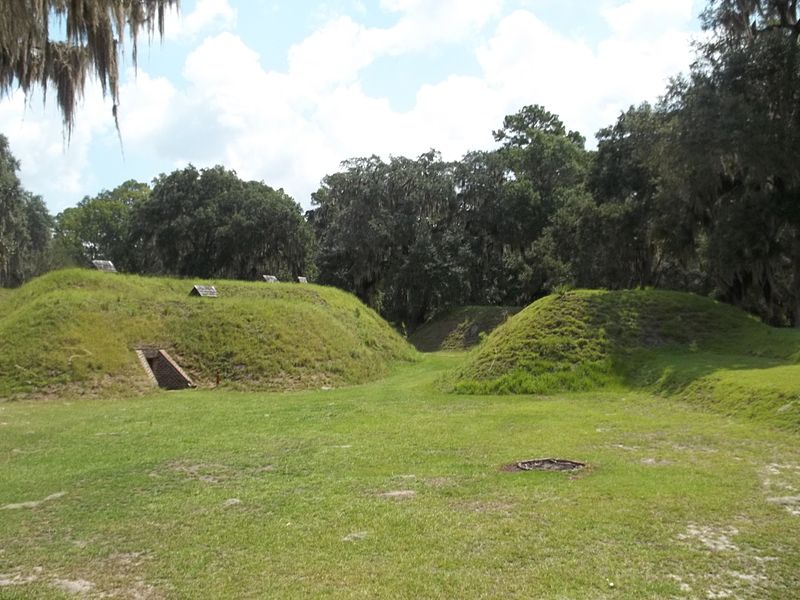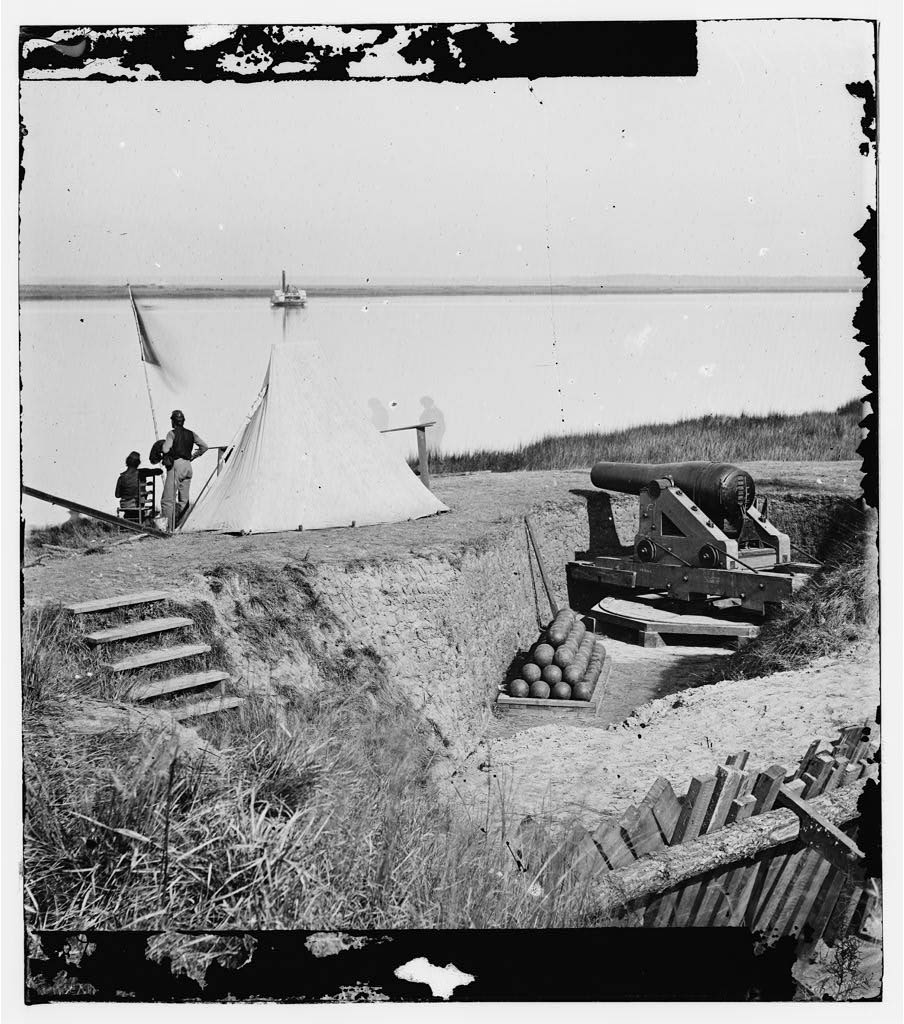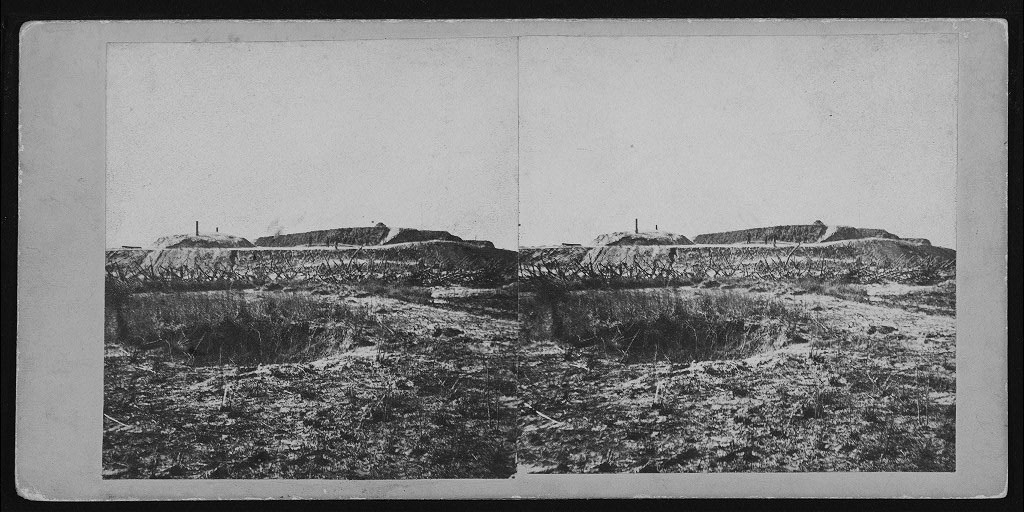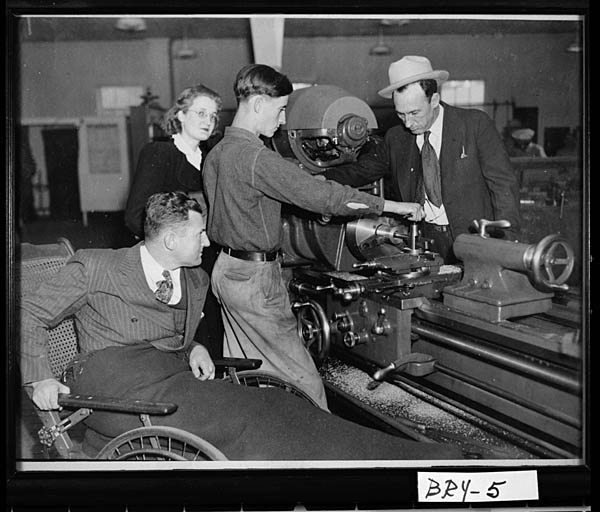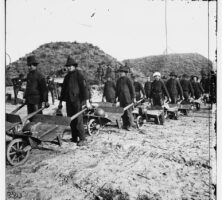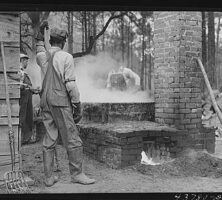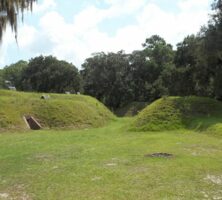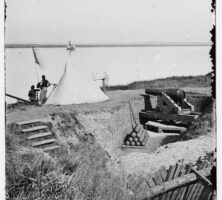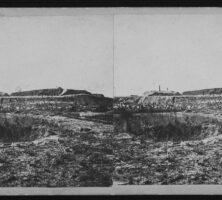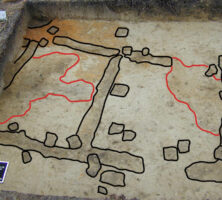Bryan County, on the Georgia coast just south and west of Savannah, was created from Chatham County by an act of the state legislature on December 19, 1793.
The county was named in honor of Jonathan Bryan, one of the leading colonial settlers in Georgia and a key figure in the colony’s movement toward independence and during the Revolutionary War (1775-83). In 1794 land from Effingham County was also transferred to Bryan.
In 1733 Fort Argyle was built on the Ogeechee River, on land that later became part of Bryan County, by Georgia founder James Oglethorpe. In 1754 the town of Georgetown was laid out on the lower Ogeechee by John Reynolds, the first royal governor of Georgia, but the anticipated deep-water port never came to fruition, because attention was focused on more established commercial markets at Savannah and Sunbury. Georgetown was renamed Hardwicke by Governor Reynolds in 1755.
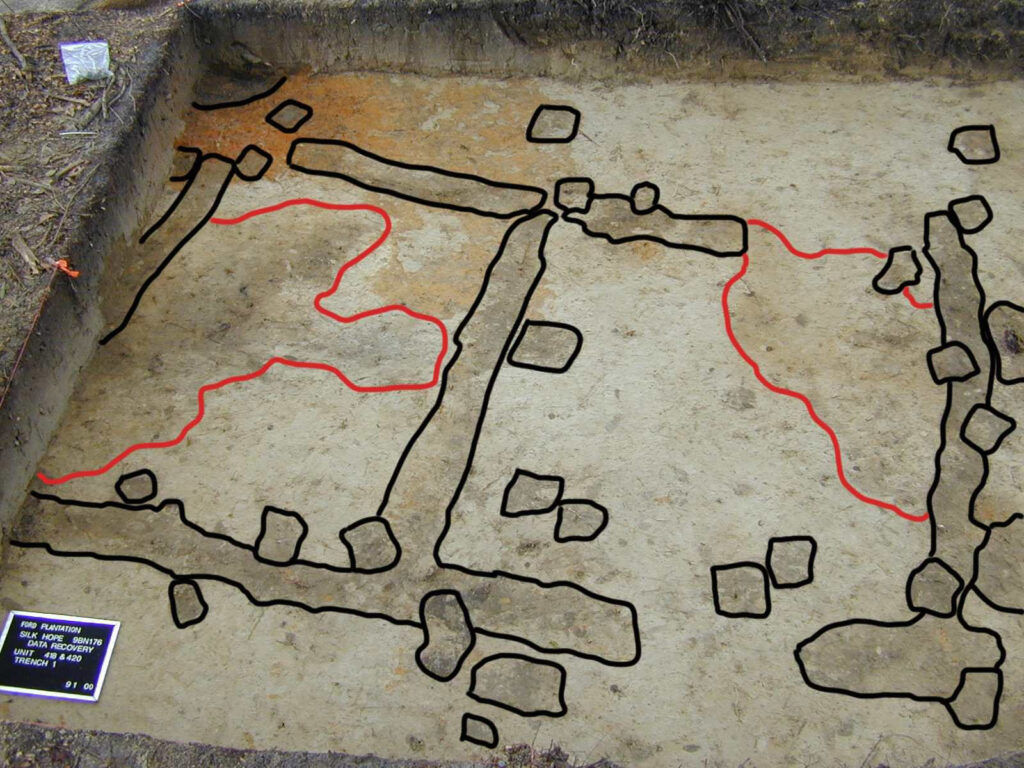
Bryan County was the scene of large-scale agricultural development during the antebellum period. The Ogeechee River basin in lower Bryan County became one of the most productive rice-growing areas on the south Atlantic coast during the 1830s and 1840s. By 1855, 3 million pounds of rice annually were being shipped from Bryan County plantations. The leading producers of this important staple commodity on the Ogeechee were Richard J. Arnold, George W. McAllister, and Thomas Savage Clay.
The rice industry was enhanced by two important transportation developments affecting Bryan County—the construction of the sixteen-mile-long Savannah-Ogeechee Canal in 1830, which provided the area’s rice plantations with a direct market link to Savannah, and the building of the Savannah, Albany, and Gulf Railroad two decades later. The railroad was completed through the lower end of Bryan County in 1856, leading to the founding of Ways Station, later Richmond Hill, near the Ogeechee River crossing.
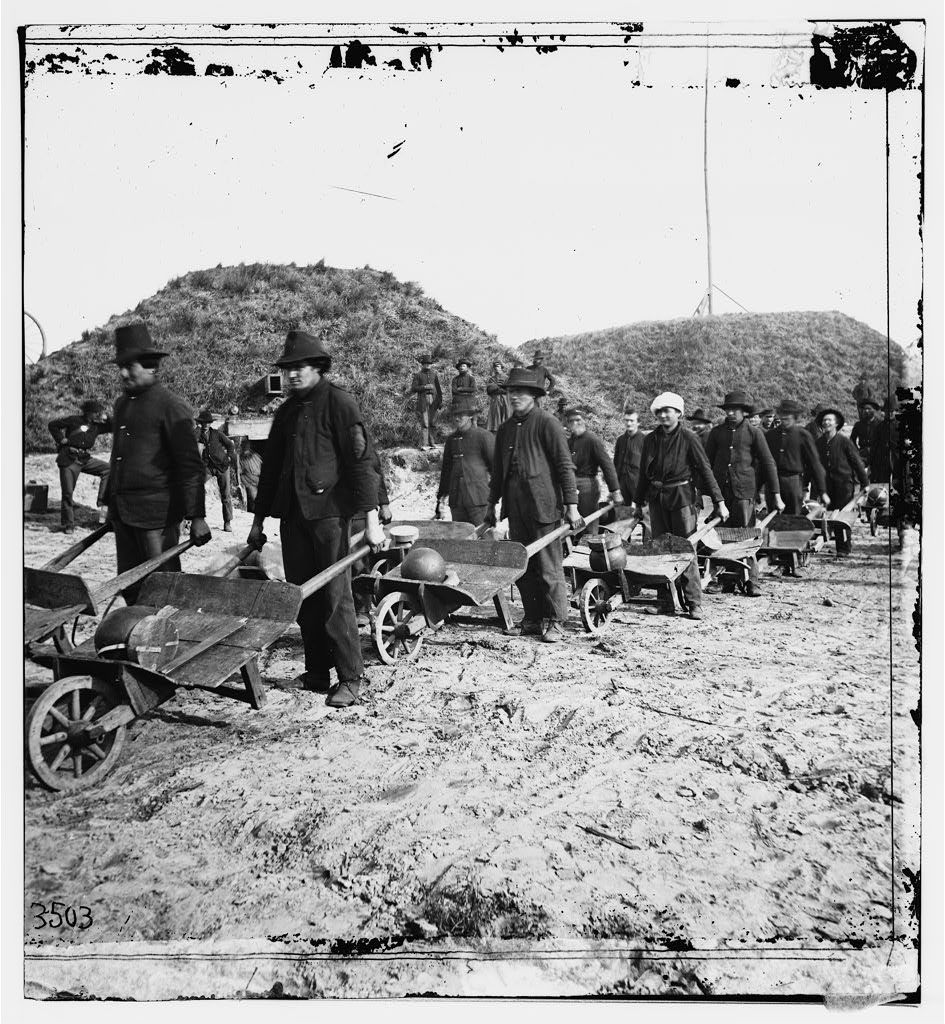
In 1861, after the start of the Civil War (1861-65), Confederate forces built Fort McAllister at Genesis Point on the Ogeechee to protect from Union forces the local river plantations and the railroad just upstream. This simple earthworks fort repelled seven Union naval attacks by Monitor-class warships during 1862 and 1863. The fort and its outnumbered Confederate garrison finally fell during a bloody landward assault in December 1864, at the end of General William T. Sherman’s march to the sea from Atlanta to Savannah.
With the development of railroads and a rapidly expanding naval stores (primarily turpentine) industry in the last two decades of the nineteenth century, town development in the upper section of Bryan County began in earnest. Pembroke was founded as a railroad town and turpentine-shipping center in 1890 and within a decade became the county’s leading business center. In 1937 the Bryan County seat was moved to Pembroke from the earlier county seat at Clyde, in the middle section of the county. Even earlier seats were CrossRoads and Court House (later Eden).
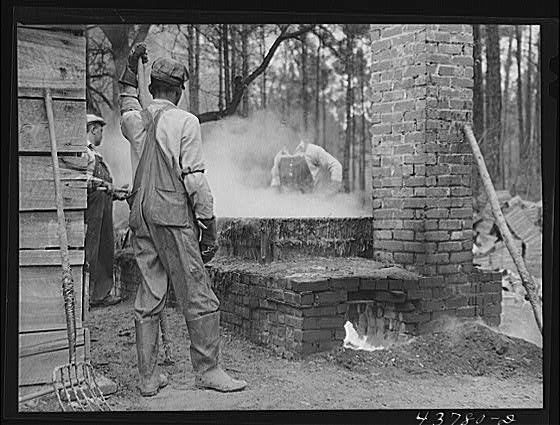
Automotive pioneer Henry Ford had a greater impact on Bryan County than anyone else in the twentieth century. In 1925 Ford began the purchase of what eventually would total 85,000 acres of land along the Ogeechee River in lower Bryan County. During the 1930s and 1940s he established schools, industries, and medical facilities in the Ways Station area, thus greatly improving social and health conditions in an impoverished section of coastal Georgia. In 1941 the town of Ways Station was renamed Richmond Hill in honor of Ford, whose winter home, Richmond, was located on the former Ogeechee River rice tract of a century before.
With the establishment of the Fort Stewart Military Reservation in 1940, Bryan County lost more than one-third of its acreage to the U.S. government and was split into two sections, upper and lower. The county seat, Pembroke, is in the upper portion of the county, while Richmond Hill, the county’s largest city, is in the coastal south. During the 1990s Bryan County, as a part of metropolitan Savannah, was among the fastest-growing counties in the United States, and its population grew by more than 50 percent between 1990 and 2000. According to the 2020 U.S. census, the current population is 44,738, an increase from the 2010 population of 30,323.


